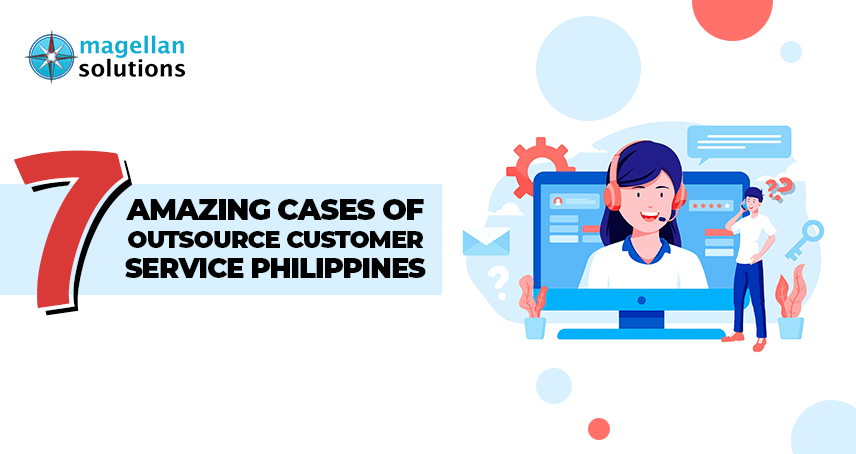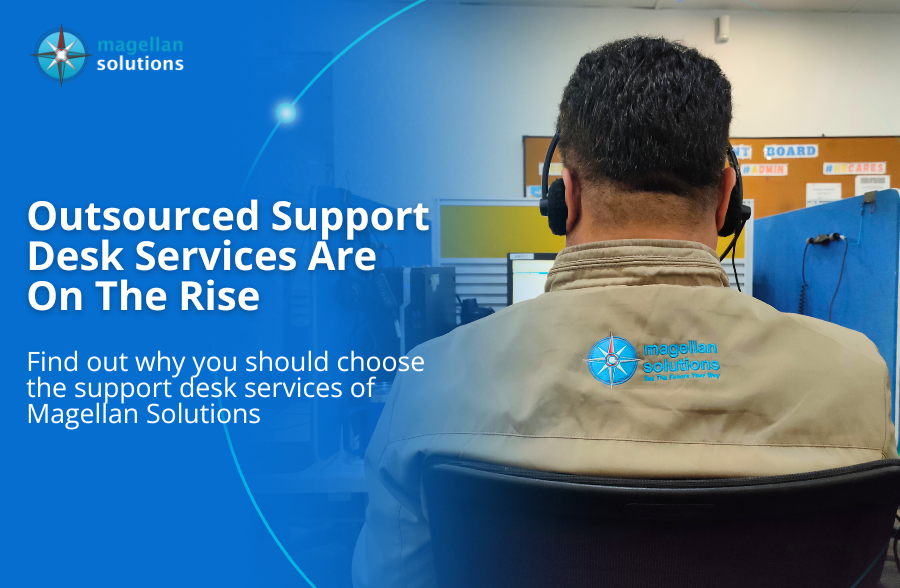Schedule a FREE call with our outsourcing expert now and get a precise quotation that meets your requirements. Don't wait - get started today!
Do you know what the challenging part of a customer service representative’s role is? Pacifying an angry customer! Dealing with an irate customer is a valuable skill that each one must possess.
Poorly handling the conversations and getting no resolution to their concerns can severely damage your business relationship and potentially hurt the business’s reputation.
But there’s a silver lining in dealing with such customers. Studies show that being able to calm them and show empathy could present a business opportunity—to make them loyal to your brand!
So, developing your ability to deal with an angry customer is essential. Keep reading as we’ll provide valuable tips and strategies for apologizing to angry customers and turning tense situations into chances for improvement and success.
Why Apology Matters in Customer Service?
Beyond simply acknowledging a mistake, a sincere apology serves several purposes:
- Validation – It shows the customer that you hear their concerns and understand their frustration.
- Accountability – By taking full responsibility for the problem, you show the customer you are committed to making things right, which helps build trust.
- De-escalation – A genuine apology can calm the customer and create an inviting environment for finding a solution with the representative’s help.
- Customer Retention – A good apology demonstrates that you value their business and will go the extra mile to make things right.
Business Opportunities from Angry Customers
Here are some ways how a business can potentially turn angry customers into profit opportunities:
1. Retain Valuable Customers
By properly addressing an angry customer’s concerns and resolving their issue satisfactorily, you increase the likelihood of retaining them as a customer. Did you know losing an existing customer is more costly than acquiring a new one? So, investing effort into saving that relationship pays off.
2. Generate Positive Word-of-Mouth
If an initially angry customer has their problem fixed effectively, they may become a vocal promoter of your business to friends and family. Earning that level of goodwill creates free positive marketing.
3. Gather Feedback to Improve
An angry complaint often highlights areas where your products/services fell short. Using that feedback constructively allows you to fix issues that frustrate customers and improve offerings.
4. Upsellings/Cross-Sellings Opportunities
Once a customer’s issue is resolved pleasantly, they may be more receptive to cross-sells or upsells as gratitude for their assistance.
Making a Powerful Apology to an Angry Customer
Skillfully turning a customer’s negative experience into a positive one demonstrates your company’s commitment to excellent customer service. Here are the ways how you can craft a powerful apology:
1. Address the Issue Clearly
Be specific about the problem. You may need to explain what went wrong. Avoid jargon. Only use easy-to-understand language to ensure clarity.
- “Thank you for bringing this to our attention”
- “Thanks for letting us know about this”
- “I completely understand why you’re upset”
2. Express Genuine Regret
Show that you’re actively listening and trying to understand their perspective. Demonstrate empathy by conveying sincere apologies, such as:
- “I understand your frustration”
- “I genuinely regret the inconvenience that this has caused you.”
- “You have every right to be upset”
3. Take Ownership
Avoid excuses. Take responsibility for your company’s actions or oversights. Customers appreciate honesty and accountability.
- “I apologize for the mistake we made”
- “There’s no excuse for this mistake to happen. It’s on us”
- “Let’s work together to get things back on track”
4. Provide a Solution
Offer a clear plan of action to resolve the issue. Outline the steps you’ll take to rectify the situation and assure the customer that a solution is available.
- “I’ll do my best to resolve your concern”
- “Good thing you’ve contacted us today regarding your concern; we’ll sort this out for you”
- “We can help with that”
When customers contact us regarding their concerns, we must end the conversation with a resolution to their problem. Magellan Solutions CEO Fred Chua says, “Our goal is to resolve issues promptly and efficiently, minimizing the need for follow-up calls and ensuring customer satisfaction.”
A way to measure customer satisfaction is to simply ask them, “Have I resolved all your concerns today?” or “Is there anything else I can assist you with?”.
5. Deliver with Authenticity
Maintain a professional yet sincere tone throughout the conversation. Dealing with angry customers may also provoke you to get angry, but matching their anger might escalate the tension further.
Tips for Handling Angry Customers
Even the most patient customer can get frustrated. Here’s how to navigate those situations and turn frowns upside down!
1. Active Listening
This is the critical first step. Going beyond just being silent while the customer vents, it involves techniques like:
- Never interrupting or cutting them off, no matter how repetitive they can be. Let them fully explain.
- Take detailed notes to capture all specifics, so you don’t have to ask them to repeat.
- Use verbal cues (“I see,” “Go on,” etc.) to reassure them you’re listening attentively.
- Asking questions to gather missing details rather than making assumptions.
- Paraphrase and summarize what you heard to confirm your full understanding.
The goal is to make the customer feel their issue is being attended to and that you grasp the situation completely from their perspective.
2. Personalize the Call
One way to personalize the call is to call the customers by their first name or ask them how they want to be addressed. Your goal is to build rapport. However, you must strike the right balance:
- Avoid overusing it, which can seem insincere.
- Don’t use nicknames unless they offer it.
- Mirror their level of formality (Mr/Ms vs first name).
- Note and use the name correctly from the start.
3. Use Positive Language
Words have power. Consciously using positive phrasing can help diffuse tension and anger:
- Avoid negative statements (“No, that’s not right,” etc.)
- Use affirmative language (“Here’s what I can do to help”)
- Frame things optimistically (“This is an opportunity to improve our service”)
4. Empathy Over Ego
Customer’s anger results from their frustration over a product or a service. Don’t take it as a personal attack.
- Be understanding that external circumstances may be amplifying their reaction.
- Don’t get defensive or take offense at insults/venting.
- View them as a frustrated human dealing with a difficult situation deserving of patience.
5. Ask for Help
Know when an issue may be beyond what you can resolve alone. Get managerial support or escalate appropriately when:
- The customer resorts to verbally abusive/inappropriate language.
- You lack the technical knowledge or access to investigate fully.
- You’ve tried your best but can’t seem to have reached a satisfactory resolution.
6. Gratitude
Wrap things up by highlighting the positive notes of the conversation. By this time, you may have already pacified the angry customer. Make them feel you’re more than willing to help if they re-encounter any issues.
- Thank the customer for their time and understanding.
- Reiterating your apology and resolution summary.
- Affirming your appreciation for their business/loyalty.
Following these tips can effectively de-escalate situations, build trust, and leave customers feeling heard and valued.
Struggling With Angry Customers? Let Magellan Solutions Help You Deal With It!
With over 18 years of outsourcing expertise, Magellan Solutions provides highly trained customer service representatives who are trained to handle every customer interaction with professionalism and empathy. As our CEO assures, “It starts with hiring disciplines—we selectively recruit college-educated applicants with the right balance of skills.”
So, don’t let angry customers define your business’ reputation. Partner with us and entrust your valued customer relationships to our dedicated experts. We’ll transform your customer experience, which drives satisfaction, loyalty, and profits. Call us now or fill out the form below. Let us help you grow your business through quality customer service.
















